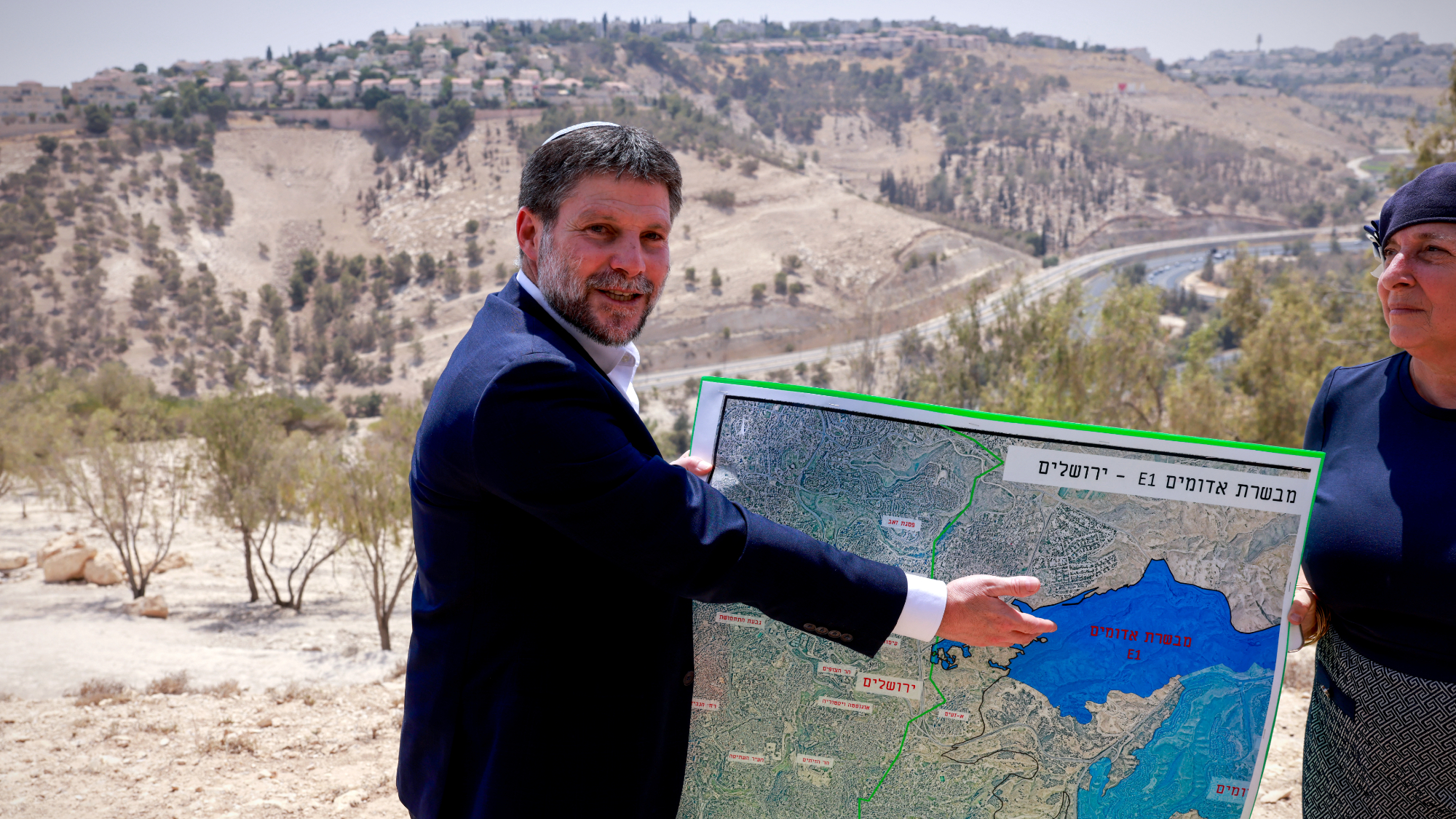This old meteorite is helping scientists learn about the early days of our solar system

It's green. It's sparkly. It's the size of a baseball. And it's 4.6 billion years old. Meet "Northwest Africa 11119," the meteorite that's helping scientists learn about the early days of our solar system.
Although researchers have found space rocks that date back further before, NWA 11119 is unique because it's the oldest igneous meteorite ever discovered. Igneous means that it was formed by the cooling of hot magma. As a result, NWA 11119 looks very similar to volcanic rock that forms here on Earth — so much so that scientists weren't even sure it was a meteorite at first. But on closer examination, it was confirmed to be "alien in origin," Newsweek reported. And because it's right around the age of this solar system, it must be from "one of the very first volcanic events to take place" in this part of the universe, said Carl Agee, a meteorite curator at the University of New Mexico.
Researchers aren't yet sure which body NWA 11119 originated from, but they theorize it must be an asteroid that has a crust similar to Earth's, Live Science explained. Agee and a doctoral student, Poorna Srinivasan, have also linked the meteorite to two others, called "NWA 7235" and "Almahata Sitta," suggesting that they may have all come from the same place. This might help researchers piece together what "an earlier version of Earth" looked like, Srinivasan said.
The Week
Escape your echo chamber. Get the facts behind the news, plus analysis from multiple perspectives.

Sign up for The Week's Free Newsletters
From our morning news briefing to a weekly Good News Newsletter, get the best of The Week delivered directly to your inbox.
From our morning news briefing to a weekly Good News Newsletter, get the best of The Week delivered directly to your inbox.
Read the full findings in the journal Nature Communications, or find out more about how scientists are using these findings at Newsweek.
A free daily email with the biggest news stories of the day – and the best features from TheWeek.com
Shivani is the editorial assistant at TheWeek.com and has previously written for StreetEasy and Mic.com. A graduate of the physics and journalism departments at NYU, Shivani currently lives in Brooklyn and spends free time cooking, watching TV, and taking too many selfies.
-
 How drones have detected a deadly threat to Arctic whales
How drones have detected a deadly threat to Arctic whalesUnder the radar Monitoring the sea in the air
-
 A running list of the US government figures Donald Trump has pardoned
A running list of the US government figures Donald Trump has pardonedin depth Clearing the slate for his favorite elected officials
-
 Ski town strikers fight rising cost of living
Ski town strikers fight rising cost of livingThe Explainer Telluride is the latest ski resort experiencing an instructor strike
-
 Maduro pleads not guilty in first US court hearing
Maduro pleads not guilty in first US court hearingSpeed Read Deposed Venezuelan leader Nicolás Maduro and his wife Cilia Flores pleaded not guilty to cocaine trafficking and narco-terrorism conspiracy
-
 Iran’s government rocked by protests
Iran’s government rocked by protestsSpeed Read The death toll from protests sparked by the collapse of Iran’s currency has reached at least 19
-
 Israel approves new West Bank settlements
Israel approves new West Bank settlementsSpeed Read The ‘Israeli onslaught has all but vanquished a free Palestinian existence in the West Bank’
-
 US offers Ukraine NATO-like security pact, with caveats
US offers Ukraine NATO-like security pact, with caveatsSpeed Read The Trump administration has offered Ukraine security guarantees similar to those it would receive from NATO
-
 Hong Kong court convicts democracy advocate Lai
Hong Kong court convicts democracy advocate LaiSpeed Read Former Hong Kong media mogul Jimmy Lai was convicted in a landmark national security trial
-
 Australia weighs new gun laws after antisemitic attack
Australia weighs new gun laws after antisemitic attackSpeed Read A father and son opened fire on Jewish families at Sydney’s Bondi Beach, killing at least 15
-
 How Bulgaria’s government fell amid mass protests
How Bulgaria’s government fell amid mass protestsThe Explainer The country’s prime minister resigned as part of the fallout
-
 Benin thwarts coup attempt
Benin thwarts coup attemptSpeed Read President Patrice Talon condemned an attempted coup that was foiled by the West African country’s army